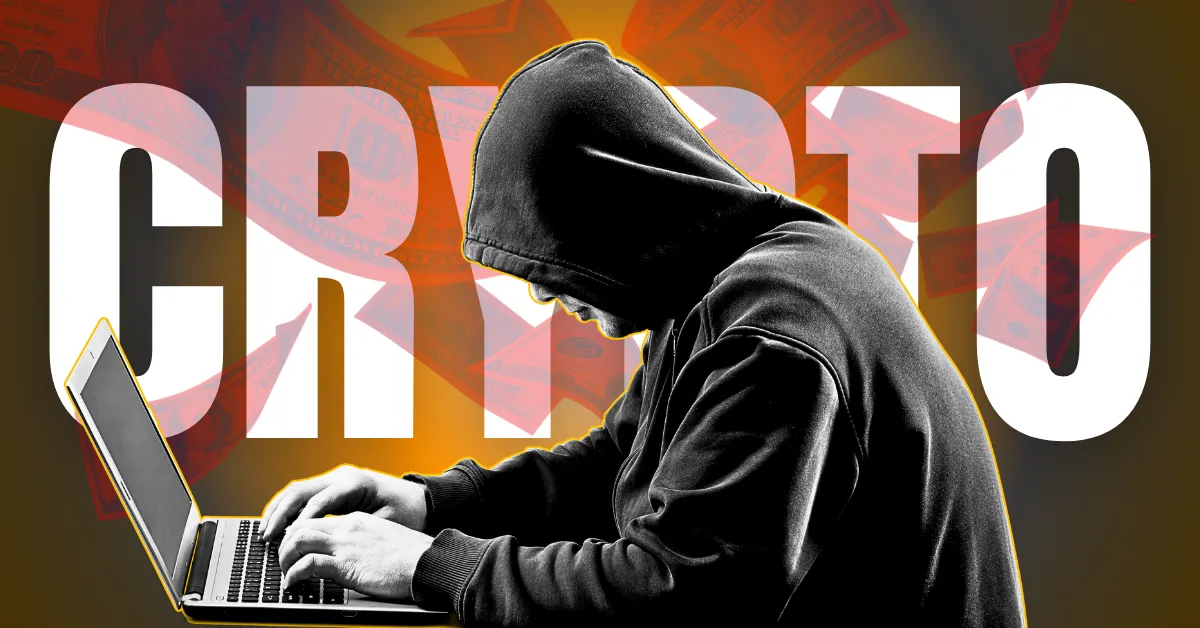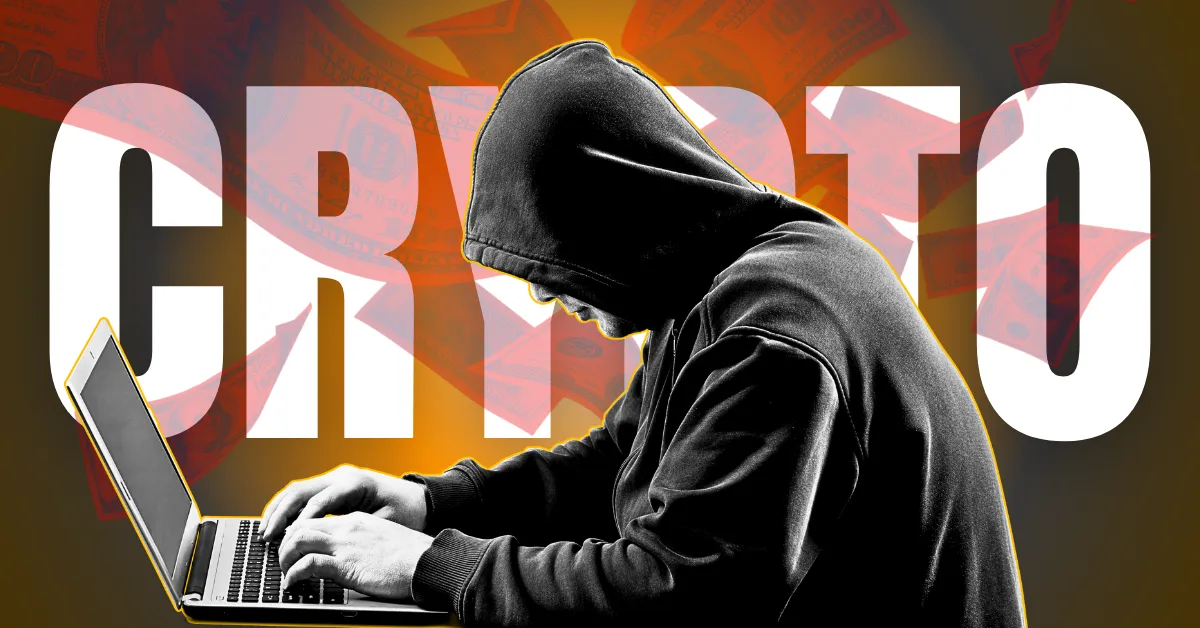The CoinDCX Hack: A Critical Examination of the $44.2 Million Breach
Introduction
The cryptocurrency landscape, often celebrated for its decentralized and secure nature, has once again been rocked by a significant security breach. CoinDCX, a prominent Indian cryptocurrency exchange, recently fell victim to a hack resulting in a staggering loss of $44.2 million. This incident has sparked widespread concern within the Indian crypto community and beyond, raising critical questions about the security protocols of exchanges and the overall safety of digital assets. The breach not only caused substantial financial damage but also instilled a sense of uncertainty among users, highlighting the persistent vulnerabilities within the crypto ecosystem.
The Anatomy of the Attack
The attack on CoinDCX was meticulously planned and executed, showcasing the sophistication of modern cybercriminals. Initial reports suggest that the attacker began with a relatively small amount of 1 ETH (Ether) obtained from Tornado Cash, a cryptocurrency mixer known for its ability to enhance transaction anonymity. This initial funding was used to launch a larger-scale operation, during which the attacker transferred a portion of the stolen funds from the Solana blockchain to Ethereum. The use of Tornado Cash is a common tactic among cybercriminals, as it obscures the origin of funds, making it challenging for investigators to trace the flow of illicit assets.
The method by which the attacker gained access to CoinDCX’s systems remains a subject of intense investigation. Initial speculation pointed towards a potential hot wallet exploit, but the company has since confirmed that an internal account was compromised. This revelation suggests a possible lapse in internal security protocols, such as weak password management, phishing attacks targeting employees, or the absence of multi-factor authentication. The attacker’s ability to breach the exchange’s defenses underscores the critical importance of robust cybersecurity measures and comprehensive employee training.
The Aftermath: Damage Control and Reassurance
In the immediate aftermath of the breach, CoinDCX took swift action to mitigate the damage and reassure its user base. The exchange temporarily suspended trading in its Web3 section as a precautionary measure and confirmed that customer funds in this section remained secure. Sumit Gupta, the CEO of CoinDCX, publicly addressed the incident, emphasizing that the breach was limited to an internal operational wallet and that customer assets held in cold storage were unaffected.
Gupta’s assurance that customer funds are secure is pivotal for maintaining trust and preventing a potential bank run on the exchange. CoinDCX has committed to covering the losses from its treasury, demonstrating its dedication to protecting its users. Additionally, the exchange is collaborating with cybersecurity experts to investigate the breach, recover the stolen funds, and enhance its security infrastructure. This proactive approach is crucial for rebuilding user confidence and ensuring the long-term stability of the platform.
CoinDCX’s Response Compared to Past Incidents
The CoinDCX hack inevitably invites comparisons to other high-profile security breaches in the cryptocurrency space, such as the WazirX hack. The speed and transparency of CoinDCX’s response stand in stark contrast to some previous incidents where exchanges were criticized for their lack of communication and delayed action. This breach follows concerns raised by a recent incident where an Indian user lost 3 BTC from the CoinDCX wallet. In response, CoinDCX issued an official statement, stating that they would compensate the user’s loss if the investigation suggested that CoinDCX was culpable of error.
CoinDCX has previously launched a decentralized custody solution following the WazirX hack. This solution gives users direct control over their crypto assets, reducing the risk of exchange-related breaches. It is important to note that CoinDCX had previously set up an investor protection fund after the WazirX hack. This fund was created in response to Gupta’s criticism of WazirX’s response plan, emphasizing that CoinDCX’s funds are diversified across multiple wallets to mitigate risk. These proactive measures demonstrate CoinDCX’s commitment to enhancing security and protecting user assets.
The Bigger Picture: Security Challenges in the Crypto World
The CoinDCX hack serves as a stark reminder of the persistent security challenges facing the cryptocurrency industry. While blockchain technology itself is inherently secure, exchanges and other centralized platforms remain vulnerable to attack due to their role as custodians of large amounts of digital assets. These platforms represent attractive targets for cybercriminals seeking to exploit vulnerabilities in their security systems.
Several factors contribute to the ongoing security challenges in the crypto world:
- Complexity: The cryptocurrency ecosystem is complex and rapidly evolving, making it difficult for exchanges to keep pace with the latest threats and vulnerabilities.
- Anonymity: The pseudonymous nature of cryptocurrency transactions makes it challenging to identify and prosecute cybercriminals.
- Regulatory uncertainty: The lack of clear and consistent regulations in many jurisdictions creates loopholes that can be exploited by bad actors.
Lessons Learned and Future Implications
The CoinDCX hack offers valuable lessons for exchanges, users, and regulators alike. For exchanges, it underscores the importance of:
- Robust security measures: Implementing multi-layered security protocols, including cold storage, multi-factor authentication, and regular security audits.
- Employee training: Educating employees about phishing scams, social engineering tactics, and other cybersecurity threats.
- Incident response planning: Developing a comprehensive incident response plan to quickly and effectively address security breaches.
- Transparency and communication: Maintaining open and transparent communication with users during and after security incidents.
For users, the incident highlights the need to:
- Diversify holdings: Spreading crypto assets across multiple exchanges and wallets to reduce risk.
- Use strong passwords: Creating strong, unique passwords for each exchange account.
- Enable two-factor authentication: Adding an extra layer of security to protect against unauthorized access.
- Be wary of phishing scams: Exercising caution when clicking on links or providing personal information online.
Regulators also have a crucial role to play in enhancing the security of the cryptocurrency ecosystem. This includes:
- Establishing clear regulatory frameworks: Providing clear guidelines for exchanges and other crypto businesses to ensure compliance with security standards.
- Enforcing security standards: Holding exchanges accountable for implementing and maintaining adequate security measures.
- Promoting collaboration: Encouraging collaboration between exchanges, cybersecurity firms, and law enforcement agencies to combat cybercrime.
A Call for Vigilance
The CoinDCX hack is not just an isolated incident; it is a symptom of a broader problem facing the cryptocurrency industry. As the industry continues to grow and evolve, it is essential that all stakeholders remain vigilant and proactive in addressing security challenges. By learning from past mistakes and implementing robust security measures, the cryptocurrency community can create a safer and more secure environment for everyone. The incident serves as a wake-up call for the entire crypto ecosystem, emphasizing the need for continuous improvement and adaptation in the face of evolving threats.












